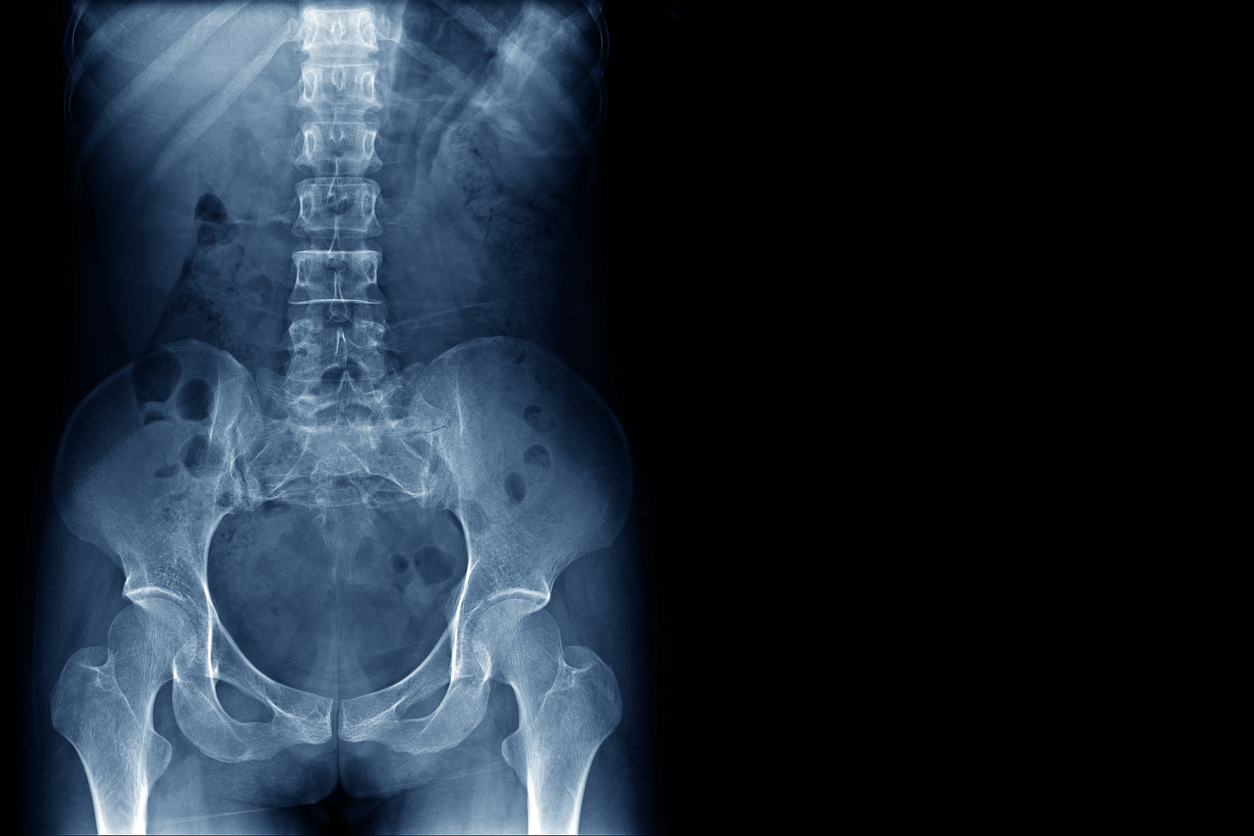Treatments
Types of Artificial Discs

Disc replacement surgery is a procedure that involves replacing a damaged intervertebral disc with an artificial disc. The purpose of disc replacement surgery is to relieve or reduce back or neck pain while also retaining mobility of the spine. Depending on the specific spinal condition, disc replacement surgery may be an alternative to spinal fusion surgery.
Designs
A total disc replacement involves replacing an intervertebral disc with an artificial disc that consists of two or three main components, typically two endplates and one articulating mechanism. Some disk replacement surgeries involve replacing only the center (nucleus) of the damaged intervertebral disk and leaving the outer ring (annulus) of the natural disk in place.
Designs of artificial discs vary. The decision of what type of artificial disc will provide the greatest benefit is decided on a case-by-case basis.
Materials
Artificial discs are made of metal or plastic or a combination of the two. More specifically, materials used to create artificial discs include the following:
- Polyethylene is a strong plastic material that can effectively handle weight transfer. Discs made of medical grade polyethylene provide high impact strength.
- Titanium is a high strength metal that resists corrosion. Because it has elastic properties, discs made of titanium alloy encourage the growth of bone on the disc, which is key for long-term stability.
- Cobalt-chrome is a combination of two metals (cobalt and chromium) to form a strong metal alloy. Medical grade cobalt-chromium is a corrosion-resistant, strong, and stiff material.
- Stainless steel is a strong material made of iron and carbon. Although stainless steel is strong, the mechanical properties of stainless steel may not be as good as titanium or cobalt-chromium.
Additional sources: HealthCentral and OrthoInfo: American Academy of Orthopaedic Surgeons
















